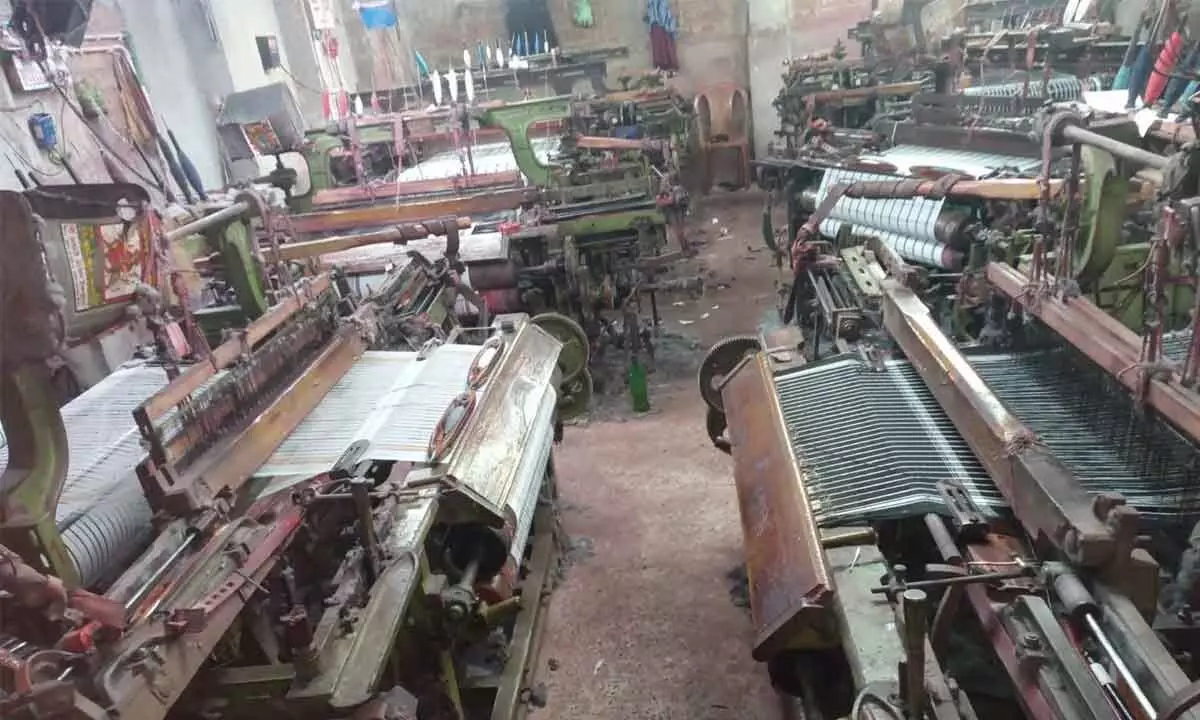'Manchester' of Bihar in struggle for survival
The antiquated looms push weavers of village Patwa Toli have been facing a tough time as they are unable to compete with the tech advanced machines of today's era
image for illustrative purpose

Gaya: Patwa Toli of Manpur block in Gaya district, called the 'Manchester' of Bihar, was once identified as a village of weavers. "The situation has drastically changed," said 55-year-old Jumman Ansari, who is a worker in a powerloom here.
The small weavers and the powerloom owners have been facing a tough time as they are unable to compete with the technologically advanced machines of today's era. The demand for readymade garments of Punjab and Ludhiana has increased in the village's markets.
Manpur, which is also known as 'Mini Kanpur,' is situated on the banks of Falgu river in the district. Powerlooms and handlooms are run in almost every house of the village, through which a wide array of fabrics, from gamcha (a traditional cotton towel) to quilt, mattresses and pillow covers are made.
Jumman Ansari said that earlier the elders would want their children to join the business, which was also preferred by the children. He added that the situation had changed as these days they do not want the future generations to indulge in the business. Getting nostalgic of the past, Ansari said that the thread which is now imported from other states, was easily available in the village earlier.
He added that the technique of weaving clothes in the village remained the same whereas other states had progressive technology of the same. President of Bihar Pradesh Weavers Welfare Association, Gopal Prasad Patwa told IANS that earlier threads were made in many areas, including Gaya, Bhagalpur and Mokama of the state.
He said that these factories were gradually closed. Patwa added that it had been rightly said that the business is a cottage industry, in which the whole family gets involved. He said that the Mini Textile Park Screening Yarn Mill at Gaya would prove to be beneficial for the domestic micro cottage textile industry. He added that adopting modern technology would lead to a decrease in cost and an increase in quality of production.
Apart from 12,000 powerloom machines, 1,000 textile production units of a large number of handloom machines run today in the village. A total of 20,000 workers are provided employment directly or indirectly in operating these machines, running the calendering machine along with dyeing and washing the yarn. An elderly artisan said that handlooms have been running in Manpur since three to four generations.

